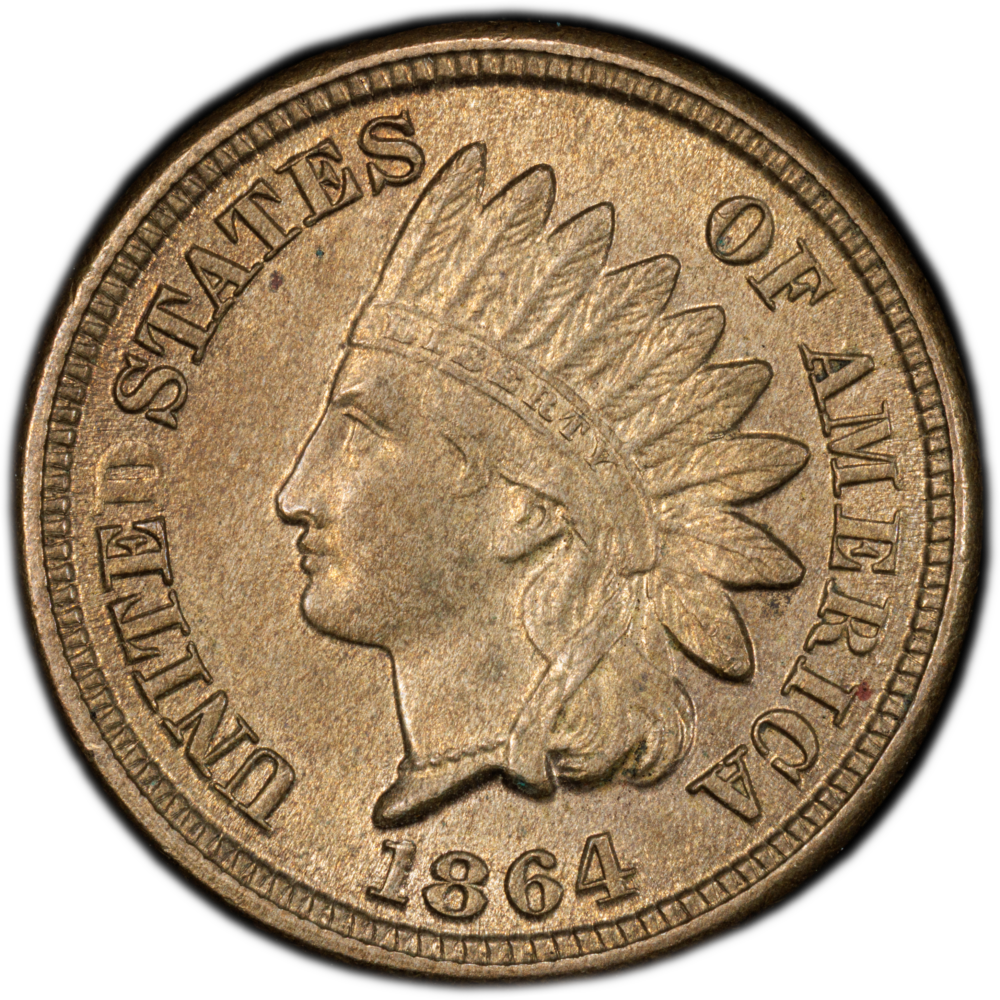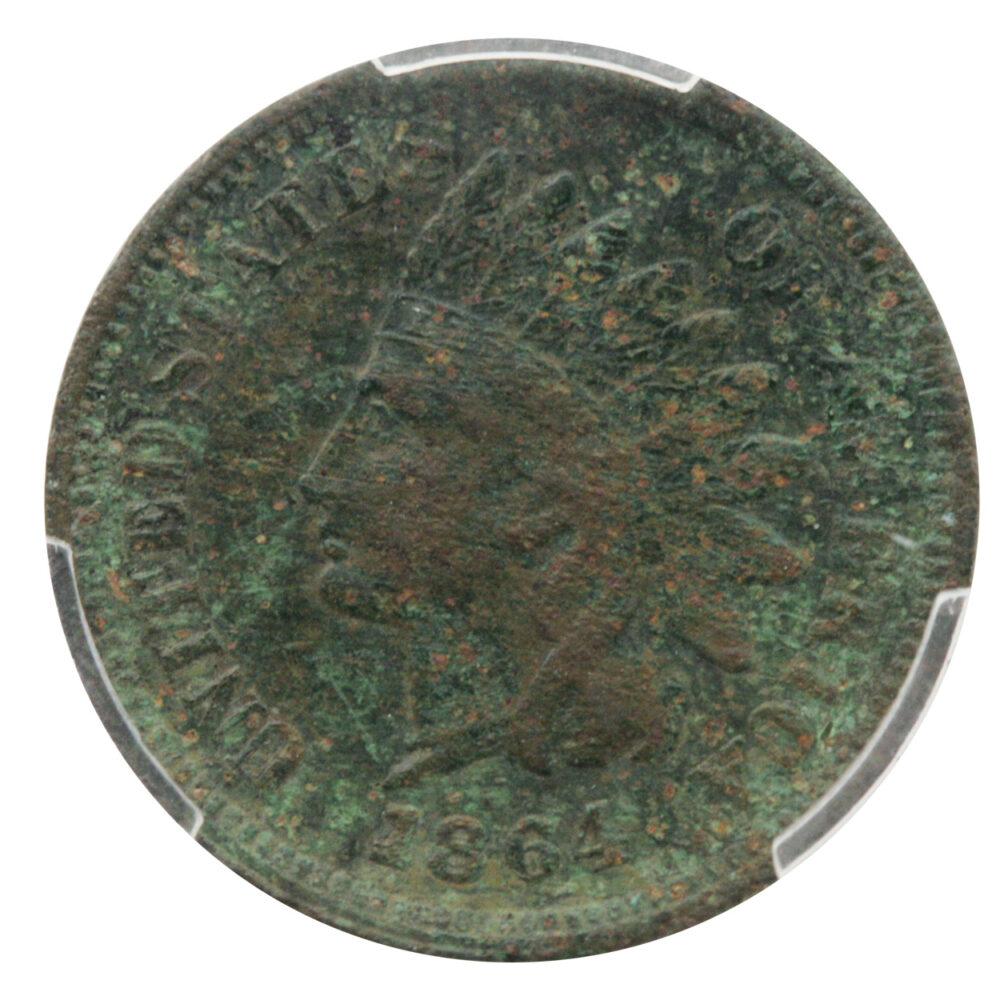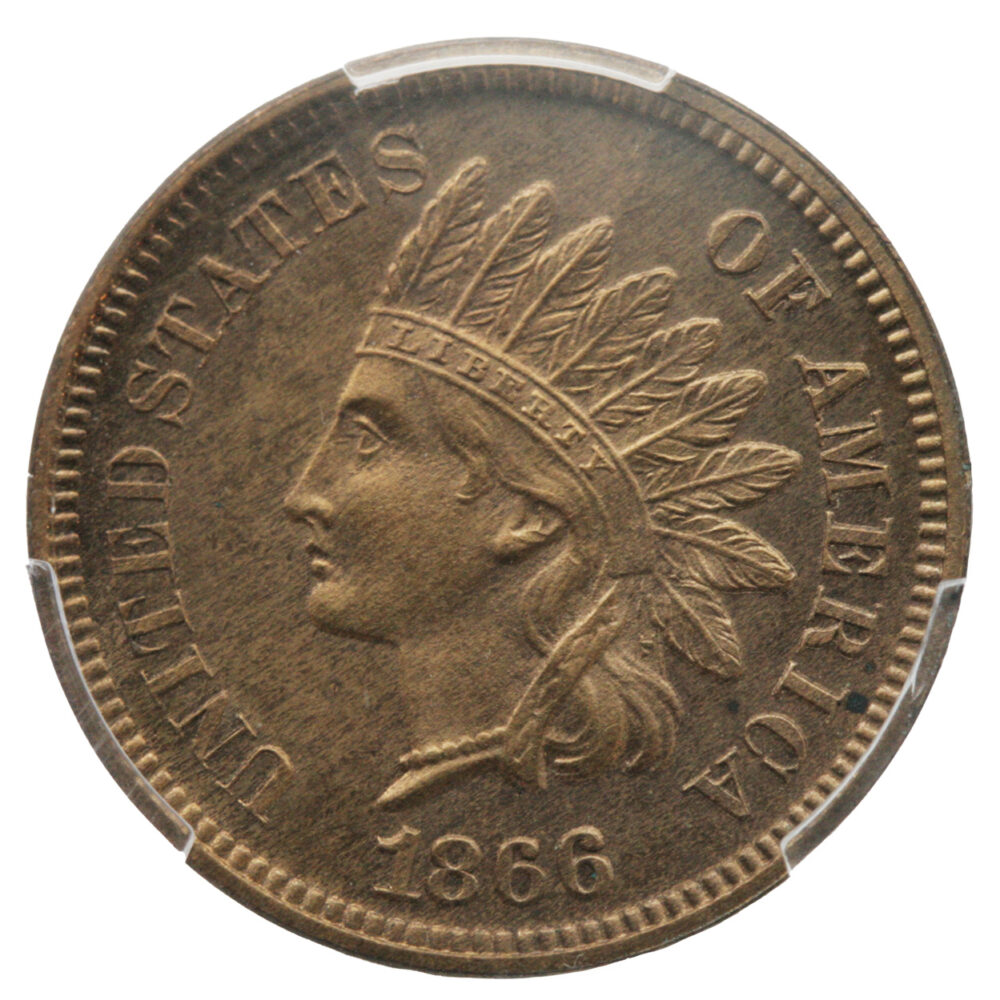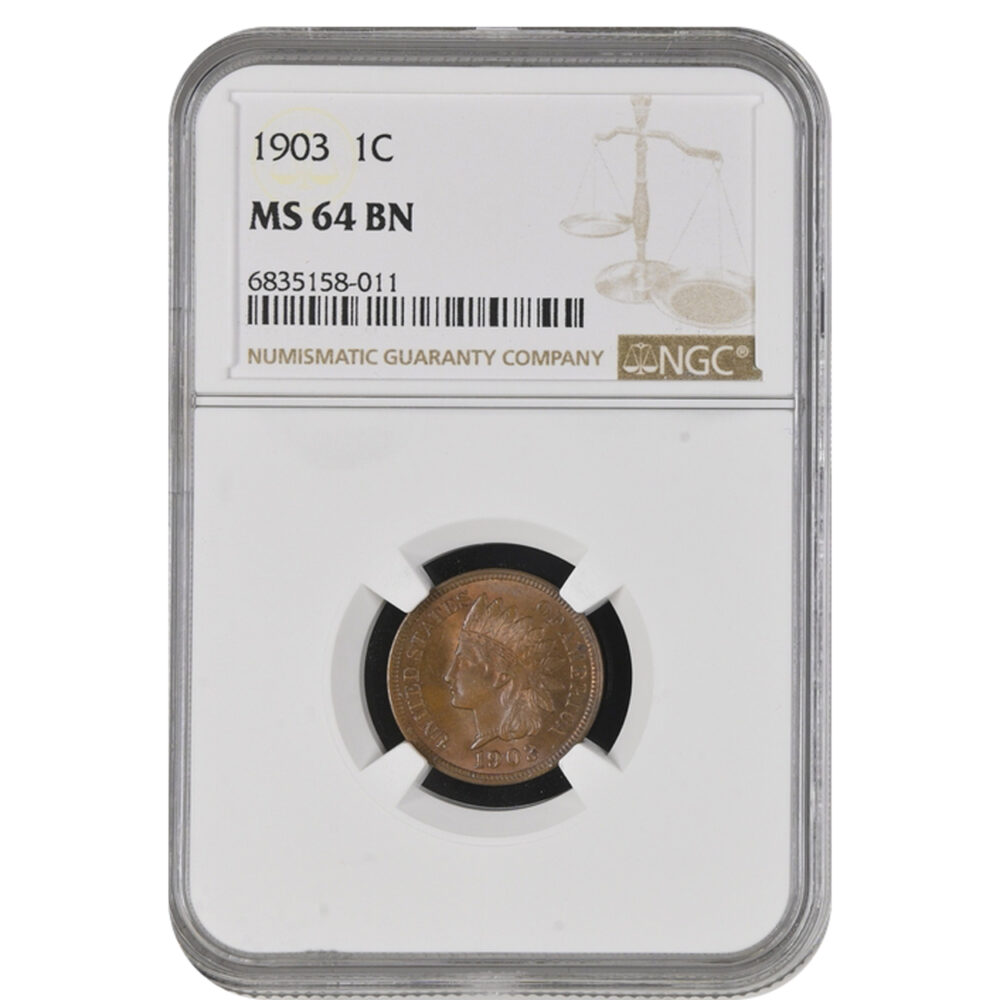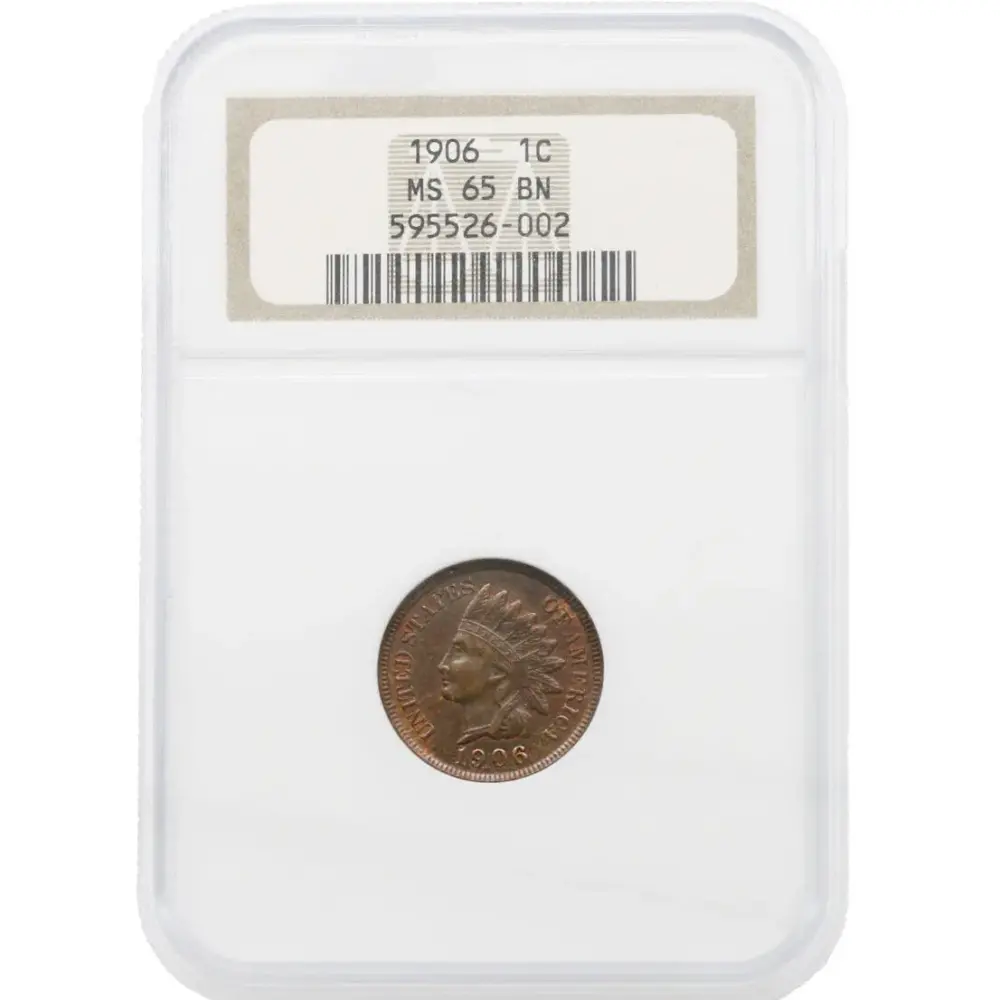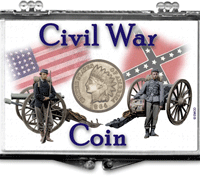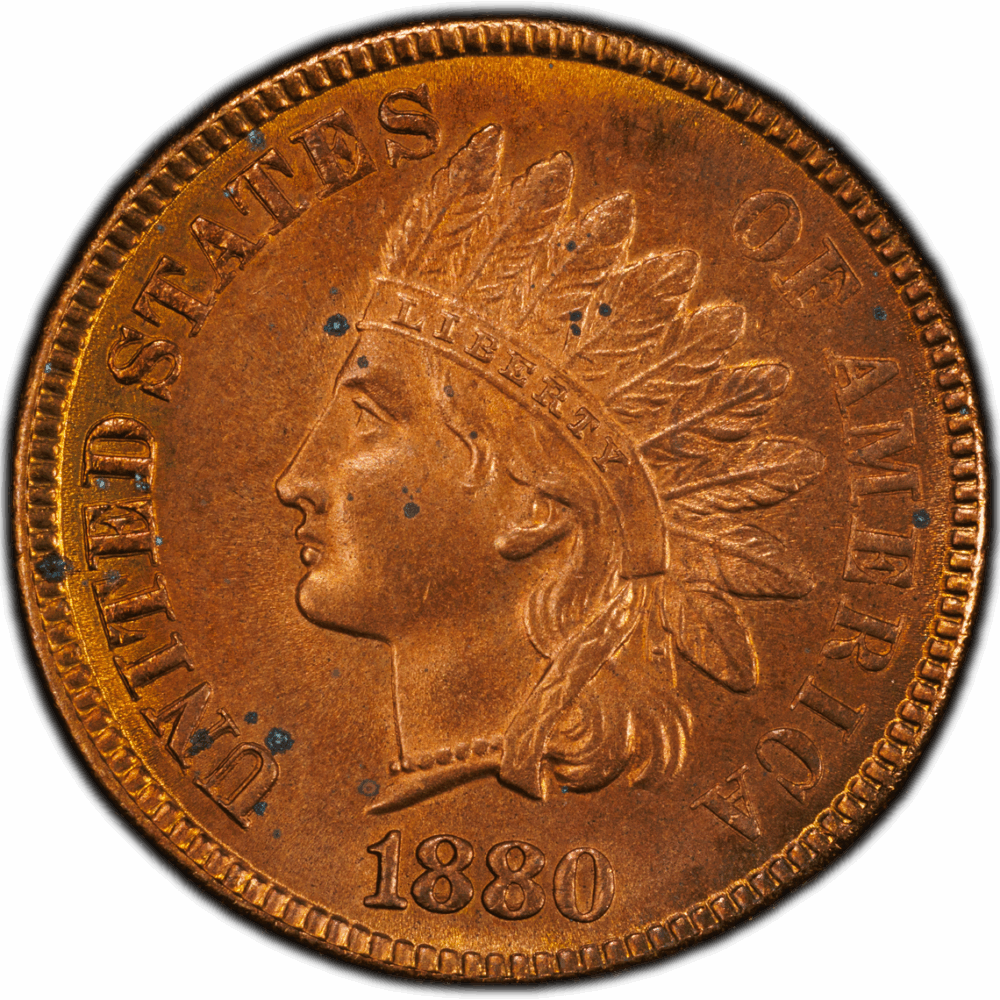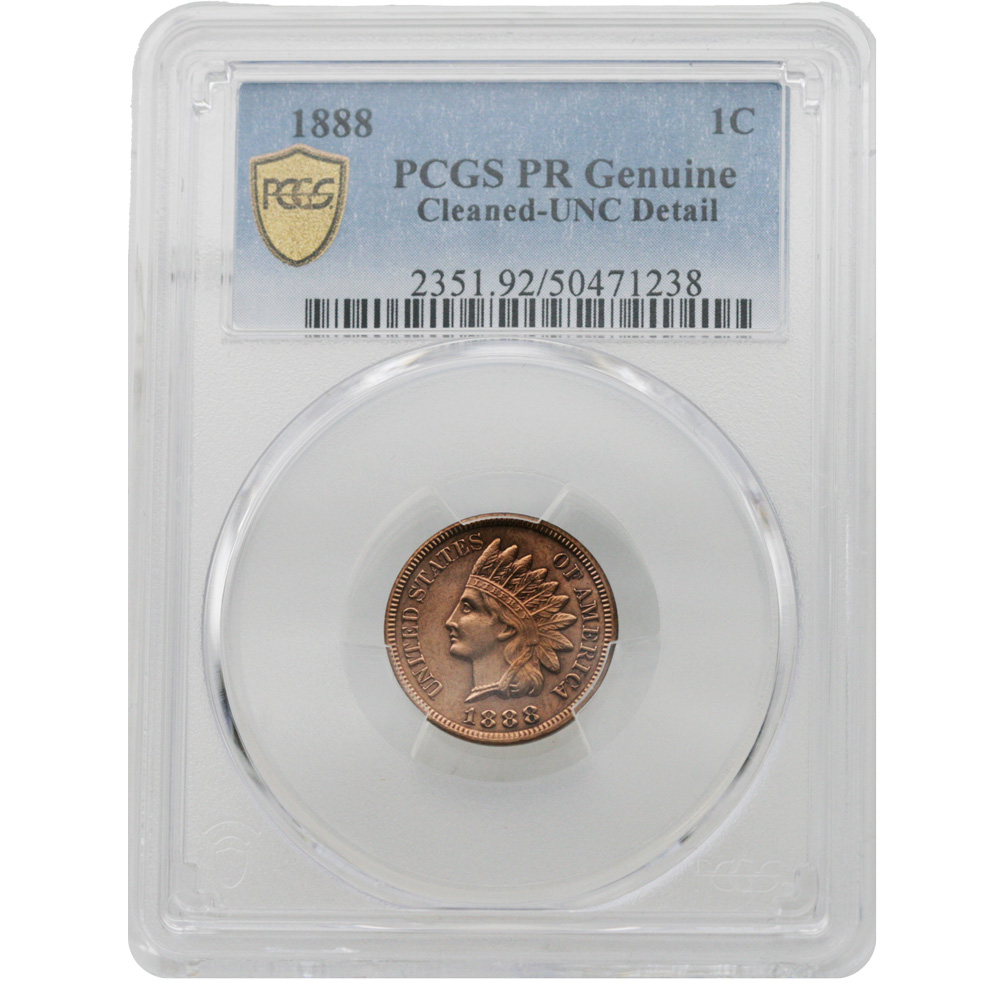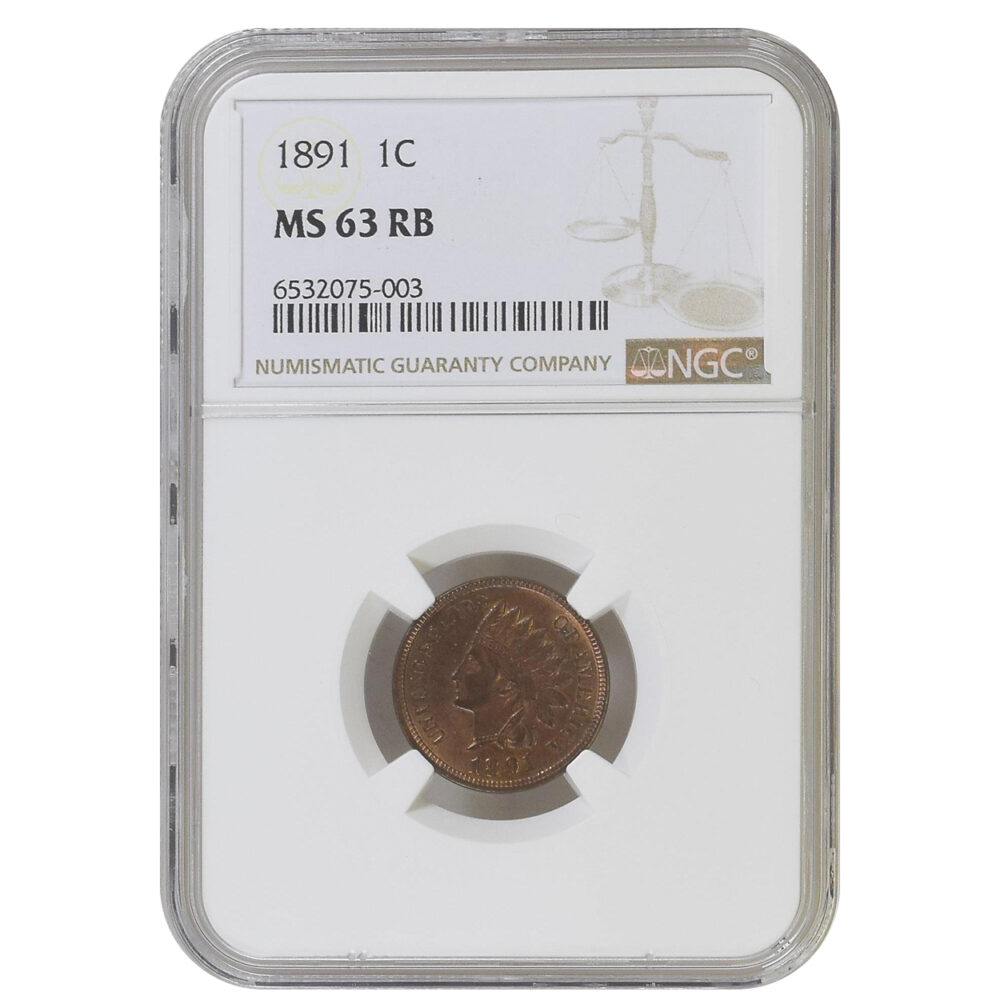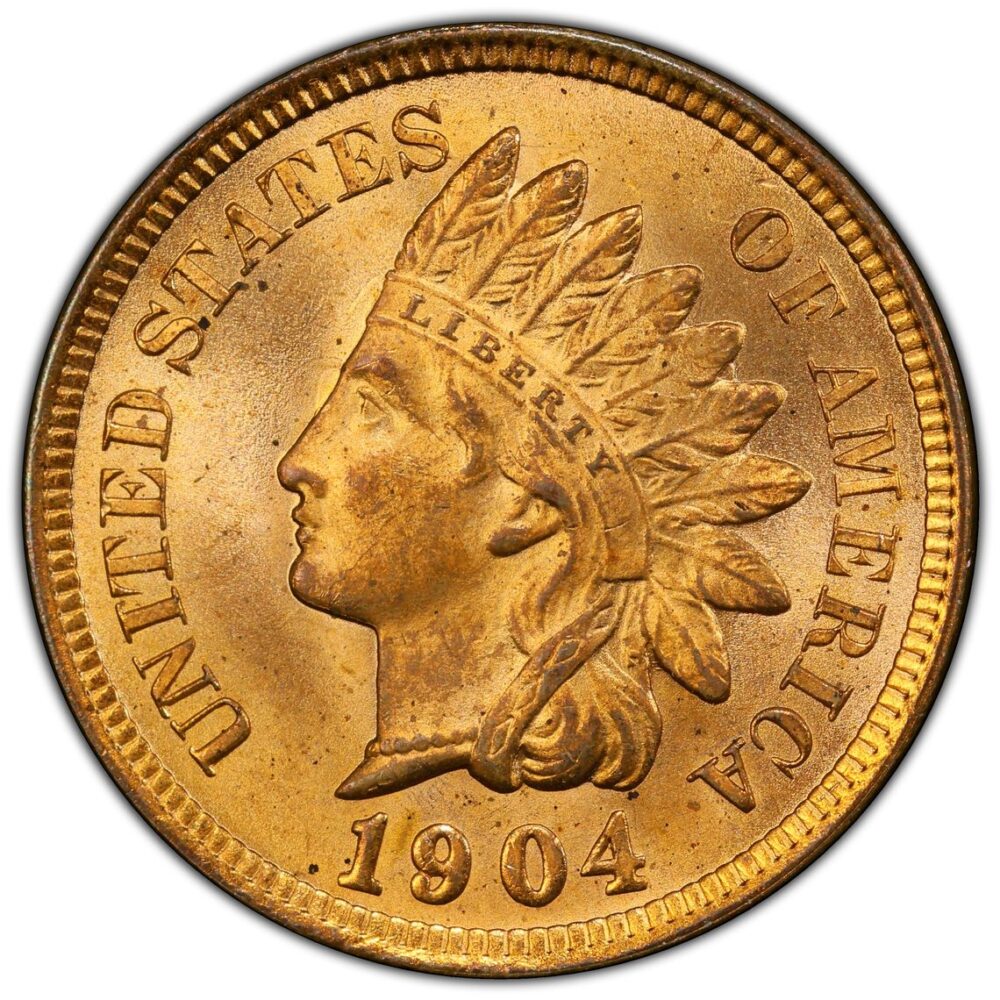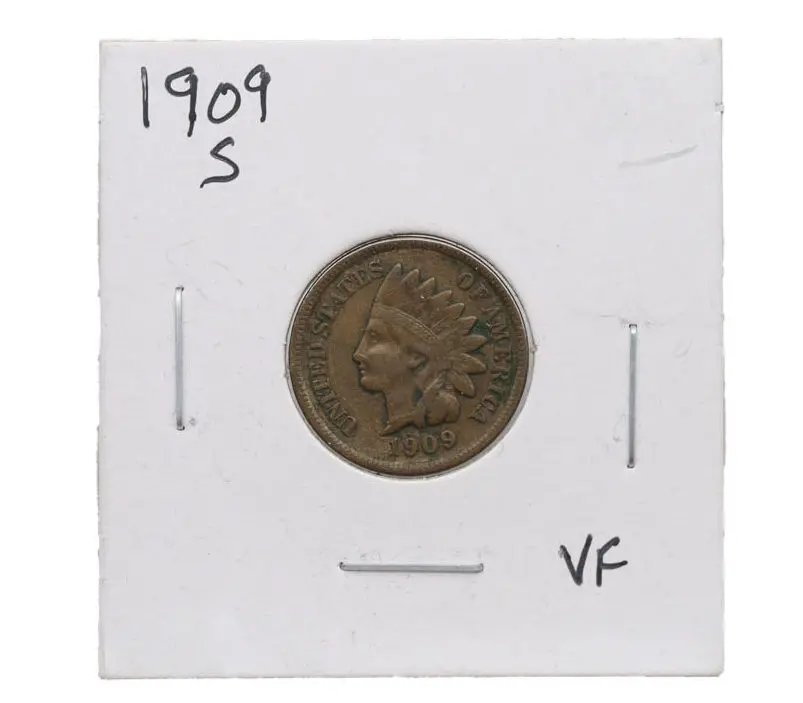Indian Head Cents (1859-1909)
Historical and Numismatic Context
The Indian Head Cent was introduced in 1859 as a replacement for the short-lived Flying Eagle Cent. Designed by James B. Longacre, its obverse portrays Liberty wearing a Native American-style feathered headdress — not an actual Native figure but rather an allegorical Liberty dressed in American symbolism. The reverse shifted in 1860 from a laurel wreath to the more familiar oak wreath with a shield, giving the coin its long-running design stability.
Production spanned two alloy types:
-
1859–1864: 88% copper, 12% nickel (“white cents”), thick and pale.
-
1864–1909: 95% copper, 5% tin and zinc (bronze), slimmer and better struck.
These coins witnessed the Civil War, postwar industrialization, and early 20th-century growth, making them historically rich artifacts.
Why Collectors Value Them
-
Historical Significance: They connect early U.S. small cents to the modern Lincoln Cent.
-
Design Evolution: The 1859 reverse, the 1860 redesign, and the 1864 “L on Ribbon” transition offer excellent type variety.
-
Survival Patterns: Most saw heavy circulation, meaning Mint State coins are scarce for many dates.
-
Die Varieties: Doubled dies, repunched dates, and hub changes attract specialists.
Key Dates and Rarities
| Date | Notes |
|---|---|
| 1859 | First year of issue; unique laurel wreath reverse (one-year type). Scarce in high grade. |
| 1864-L | Low mintage “With L” variety, the “L” initial appears on Liberty’s ribbon. A semi-key with strong demand. |
| 1877 | Only 852,500 struck, the key to the series; rare in all grades, especially problem-free. |
| 1908-S | First San Francisco issue; 1.1M struck. A semi-key, scarcer than most later dates. |
| 1909-S | Final year of issue; just 309,000 minted. Along with 1877, it anchors the series in rarity. |
Other Notables:
-
Civil War years (1861–1864) saw hoarding, making early nickels scarcer in true Mint State.
-
Proof issues across the series often had mintages under 3,000, offering challenging but attainable rarities.
Advanced Collector Insights
-
Strike Quality: Nickel issues (1859–1864) often show weakness at the rims and in Liberty’s headdress; bronze cents generally strike sharper.
-
Color & Surfaces: Red examples (RD designation by PCGS/NGC) command multiples over Brown (BN) or Red-Brown (RB) designations, with true gem full red coins being trophy pieces.
-
Variety Hunting: Specialists chase 1869/9 overdate, 1888/7 overdate, and numerous repunched dates, many of which are catalogued in Snow’s attribution system.
-
Set Building: Completing a full date-and-mint run is a rewarding challenge, with the 1877 and 1909-S being the major roadblocks. Many advanced collectors pursue both “type” collections and “full variety” collections for the series.
Summary for Experienced Collectors:
The Indian Head Cent series (1859–1909) combines history, artistry, and rarity. Its short-lived alloy changes, transitional designs, Civil War-era issues, and legendary rarities like the 1877 and 1909-S make it endlessly rewarding. Whether pursuing high-grade examples, color-designated pieces, or variety-driven subcollections, this series offers deep challenges that can engage even the most advanced numismatist.

